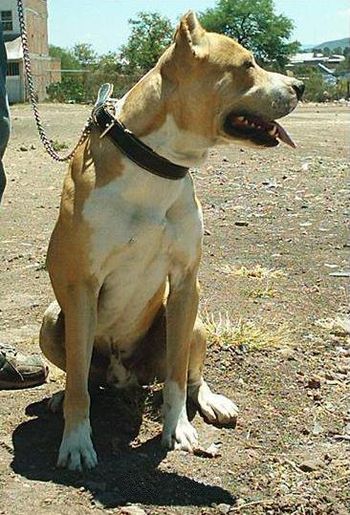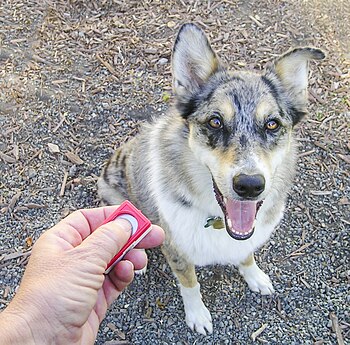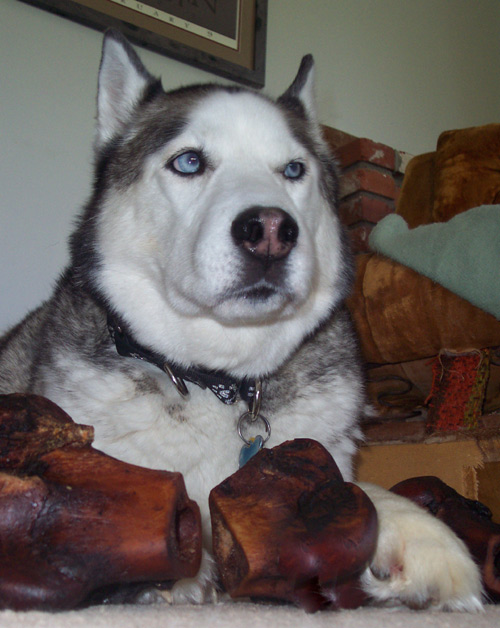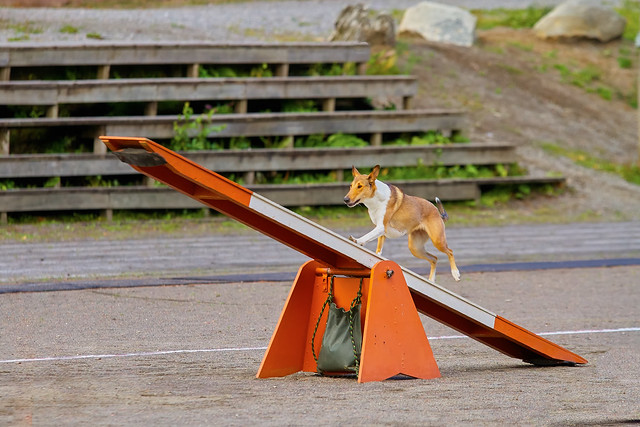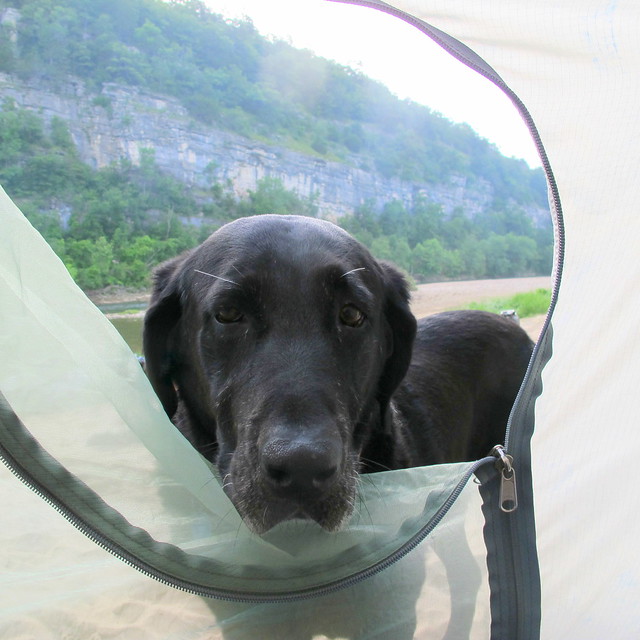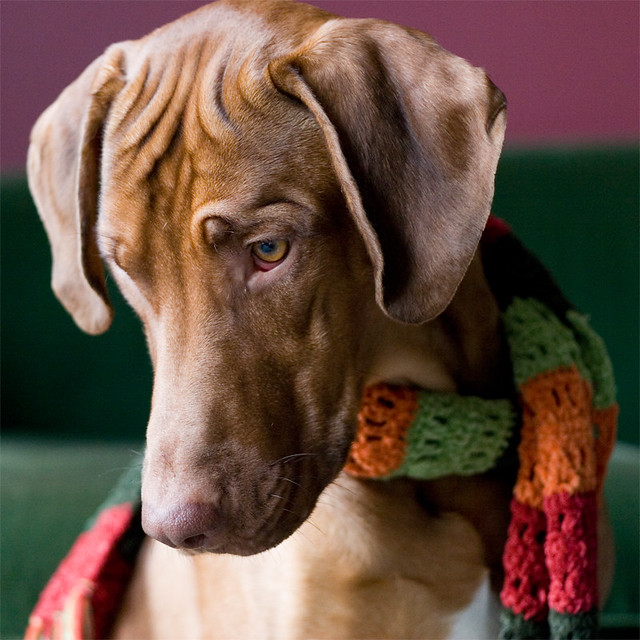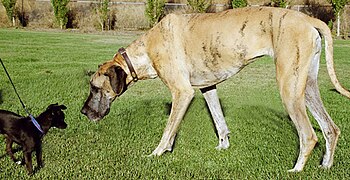 |
|
Chihuahua mix and Great Dane (Photo credit: Wikipedia) |
Dogs are natural diggers. It might be some part of their genes that make them
such enthusiastic diggers. It is amusing to watch them dig and bury whatever
they like. But, it is equally irritating when your pets leave unsightly clumps
of dirt on your manicured lawn. Other than the cartoon tradition of burying
bones, there are other reasons why your pets dig. These reasons also differ
depending on their breed and age. Younger and more "macho" breeds like Great
Danes or Rottweilers dig because of pent-up and excess energy. If this is the
case, frequent exercise walks, and training release these energies. Your pets
are likely to be too exhausted to think of digging and your lawn efforts are
not wasted. However, if your mutt is of the breeding age, the most likely
reason behind its digging is a female. Your pet is probably digging to reach
the next door bitch. Having your pet neutered is the only solution. However,
there are cases when your pets dig because they just want to. In cases like
this, your best bet is to train your dog not to dig by spraying the grass with
non-toxic repellants. You can set aside a portion of the yard in which your
pets can dig as much as they want. Remember to find them a spot in your
backyard and not on your front lawn.
Other than lawn-digging, destructive chewing is a common problem of most pet
owners. There are three reasons why mutts engage in this activity: attention,
boredom, and teething. Neglecting your pets' playtime but chasing them when
they got hold of your shoes are common scenarios. Scenarios like these teach
them that chewing stuff is a way to frolic with you. Bored pets also have
strong inclinations to be chewers. Teething is also a likely cause of chewing
problems especially with younger pets. A way to stop your pets' chewing habits
is to spend time with them through playing. Provide dogs with chewable toys
and play catch. They will soon understand that these chew toys are the only
things they are allowed to chew.
These problems are easily prevented if you make it clear to your dogs that you
expect obedience from them. There are dog training camps for unruly pets and
lots of articles on the internet for personal dog training. Dogs are not
problems at all if you cultivate obedience in them.

